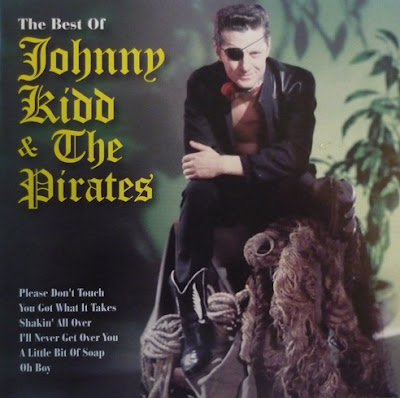This next album was rolled
randomly before I had a chance to give it a good three listens (I’m a bit
behind on grokking the new music in my collection). As a result I took some
extra time and made sure I gave it multiple rotations before writing the
review.
Disc 787 is….Faded Gloryville
Artist: Lindi
Ortega
Year of Release: 2015
What’s up with the Cover? Lindi is looking very Victorian
Gothic on this cover and yes I like it. If this is how beautiful she is in
Faded Gloryville I’d hate to see her in Full-Bloom Gloryville; my heart
couldn’t take it.
How I Came To Know It: I’ve been a fan of Lindi Ortega
since her second album, 2012’s “Cigarettes and Truckstops.” I like her so much
I buy her new releases before I even hear a song. That was the case earlier
this year with “Faded Gloryville”.
How It Stacks Up: I now have four Lindi Ortega
albums. If I had to be picky (and that is what this section is about) I’m going
to put this one fourth. It is slightly faded compared to her previous records,
but still full of glory.
Ratings: 3 stars
I really wanted to go support Lindi Ortega on her
tour of this album, but unfortunately she was the opening act for Paul Brandt
and I couldn’t stand the thought of watching her get shouldered off the stage
after only five songs to be replaced by a lesser talent. Sorry, Paul.
The lack of commercial success for Ortega weighs on
all her previous records and this, her fourth full length LP, is no exception. “Faded
Gloryville’s” entry in Ortega’s “why aren’t I famous?” cannon is the
self-titled track. She sings this subject from the heart, and this is one of
her better songs on the topic.
“Faded
Gloryville” his is a sad track about the soul-sucking experience that the
music industry can be. Ortega sings (and talks) about this topic so much that
it can get a bit tiresome, but this is such a perfect dirge on the topic I once
again found myself forgiving her the wallow.
Ortega’s latest album is not as obsessed with the
topic, and after getting it out of her system she spends most of the rest of
the album chasing various facets of damaged or broken relationships.
“Ashes”
opens the album with a catchy bass line and a classic theme of love’s collapse
from fire to ash. This song approaches being a bit too slick, but Ortega’s
delivery pulls it back from the brink, with a breathy voice that speaks of both
adolescent loss and seasoned heartbreak.
Speaking of lost love, Ortega also does an inspired remake
of the Bee Gee’s “To Love Somebody,” once
again grounded with a kick-ass bass line (thank you bassist John Dymond).
Ortega reminded me how much I loved this song while transforming it from a
lovelorn complaint to a 3 a.m. ill-advised drunken booty call.
An early favourite on the album is “Run-Down Neighbourhood,” a song that has
Ortega’s signature grit, and is exactly the kind of grimy subject matter that
makes the prudes of Nashville unsure of her (never change for them, Lindi!).
The song is about two questionably lovable people who aren’t great role models,
but think they’re great for each other
“Well you can have some of my
weed
If I can smoke your cigarette
I might be running low but I ain’t
out just yet
I will be Tweedledee if you be
Tweedledum
You can drink all of my whiskey,
baby
And I will drink all of your rum.”
Lindi captures the gusto for aimless alcoholism and
drug abuse not heard since Gene Simmons advised his girl that it was cold gin
time…again.
Having caught my attention, Lindi plays with my
heart by telling me on “I Ain’t the Girl”
that she’s not the girl for me. It is all very confusing, since she admits she’s
got a thing for long haired guys (check!) that are rugged with tattoos (check
again! Well – the tattoo part, anyway). Sadly I wear a suit and tie to work, and
don’t drive a rusty truck so I’m back to zero by the end of the first verse. I
can’t help but think this song was written about all the men in her audience
that stare at her starry-eyed from the floor.
Not all the tracks are as memorable, and I find when
she relies on standard blues beats the songs don’t have the same oomph. “Tell it Like It Is” and “When You Ain’t Home” are original songs
but they don’t feel new or interesting. It isn’t Lindi’s vocals or lyrics in
either case, but rather some unimaginative blues riffs that feel at odds with
the more interesting phrasing Lindi wants to draw them toward.
Best
tracks: Ashes, Faded Gloryville, To Love Somebody,
Run-Down Neighbourhood, I Ain’t the Girl













